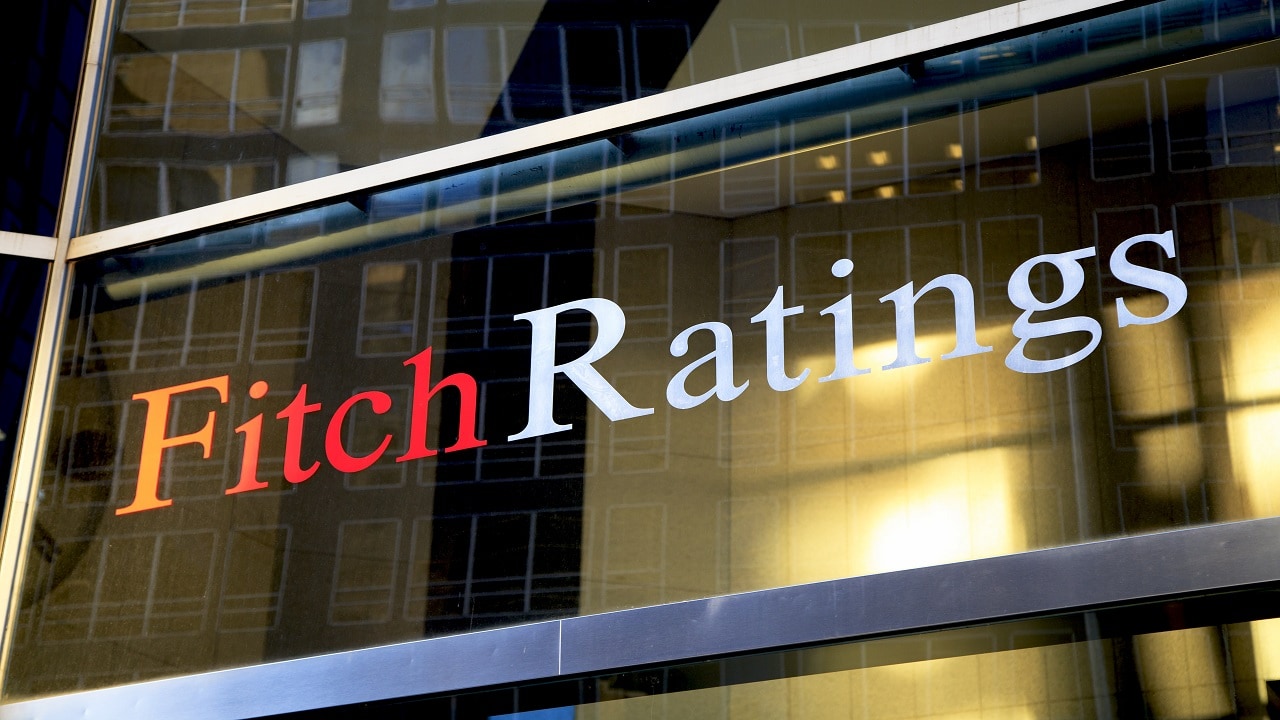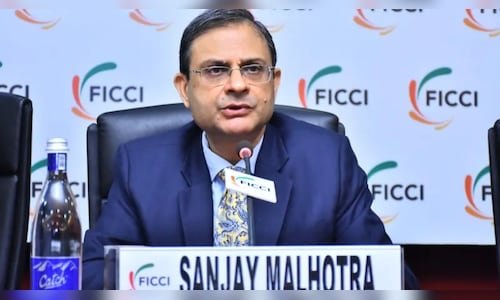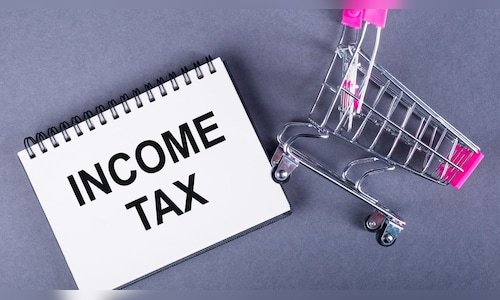
| Company | Value | Change | %Change |
|---|
Fitch has projected that Indian banks’ impaired-loan ratio will drop by 40 basis points to 2.4% for the financial year ending March 2025 (FY25), with a further 20-basis-point improvement in FY26. However, new bad loans in FY25 and FY26 are expected to be 25% higher than in FY24, driven primarily by rising defaults in unsecured retail lending.
The rapid expansion of retail lending, especially in unsecured loans, has heightened medium-term risks. Unsecured personal loans and credit card borrowing grew at a compounded annual growth rate (CAGR) of 22% and 25%, respectively, in the three years leading up to FY24. However, growth has slowed in 1HFY25 to 11% and 18%, respectively, following an increase in risk weights attached to such loans.
Also Read: RBI unveils multiple measures to improve liquidity
Despite India’s relatively low household debt—42.9% of GDP as of June 2024—unsecured loans accounted for about 52% of new bad retail loans in 1HFY25. The risk is further compounded by the fact that nearly half of borrowers with unsecured loans also hold secured loans, such as housing or vehicle loans, which could be impacted in case of default.
Fitch notes that stress is concentrated in unsecured personal loans below USD 600. While large Indian banks have proportionally lower exposure to such loans, they are not immune due to their aggressive loan growth strategies and increased focus on digital lending. Furthermore, banks may have indirect exposure through funding non-banking financial companies (NBFCs) and fintech lenders, which cater primarily to low-income borrowers.
Currently, low-income borrowers or those without income disclosures constitute over one-third of the system’s consumer credit. Any broader market downturn could spill over to higher-income categories, though these borrowers are expected to demonstrate greater financial resilience.
Also Read: Nifty Bank surges over 1,000 points on ₹1.5 lakh crore liquidity boost from the RBI
Fitch-rated banks have an exposure of 2%-15% of total loans to unsecured personal and credit card loans. Private banks, which have been aggressive in lending to this segment, have managed to keep bad-loan ratios muted through accelerated write-offs. As of 1HFY25, the sector’s unsecured retail bad-loan ratio stood at 1.7%, compared to the overall retail bad-loan ratio of 1.2%.
While Indian banks have improved their impaired-loan ratios in recent years, Fitch cautions that their asset quality could deteriorate before it significantly impacts their ratings. The Issuer Default Ratings of Fitch-rated Indian banks are largely supported by expectations of government backing, particularly for state-owned banks. However, their ability to manage risk and control asset quality will remain key factors in future assessments of their viability ratings.
The Reserve Bank of India (RBI) expects the impaired-loan ratio to bottom out in FY25 before climbing to around 3% in FY26, reflecting differences in projections between Fitch and the central bank on risk crystallisation and overall loan growth.
Also Read: India’s biggest bankers are alarmed by the worst liquidity crunch in over a decade



